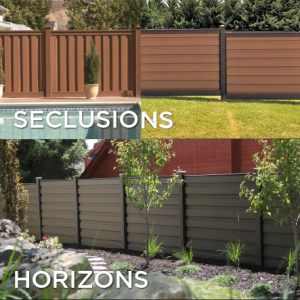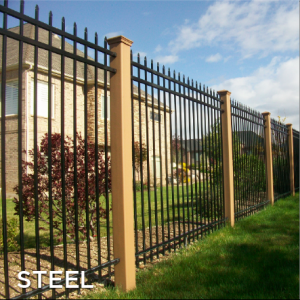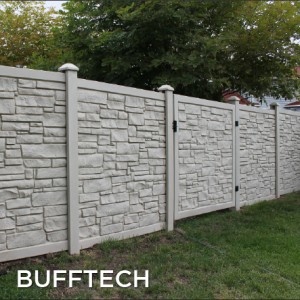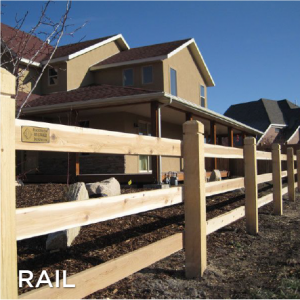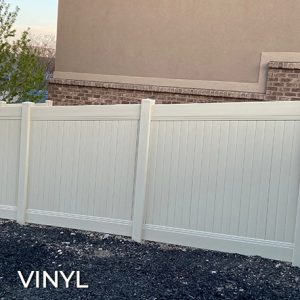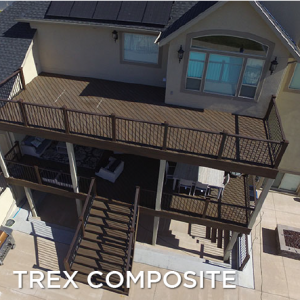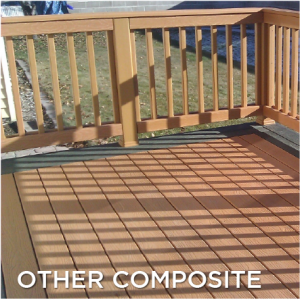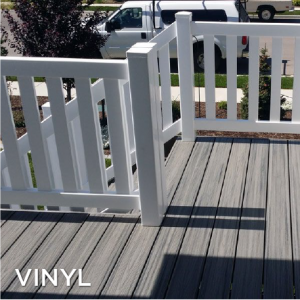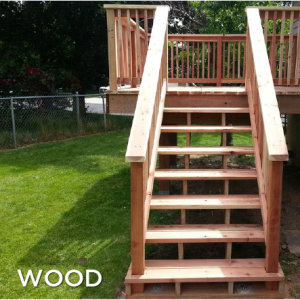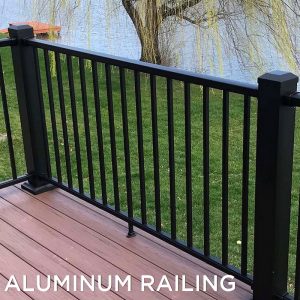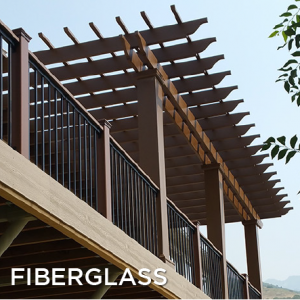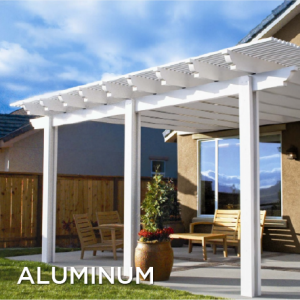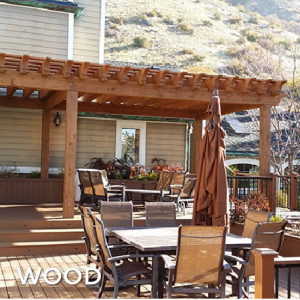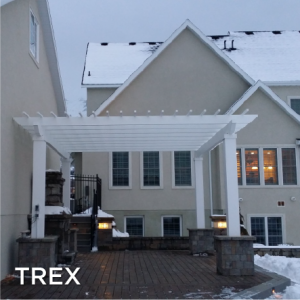Know Your Options – Dog Ear Cedar Fence
CFC Fences and Decks offers many options fence options ranging from wood to composite, iron and faux rock. In this seven part series, we will explore the attributes, warranty, cost effectiveness, look, dimensions, and maintenance of each of the types of fence CFC Fences and Decks offers for installation.
Look: For both the Dog Ear and Flat Top styles of cedar fence, the edges are butted up next to each other. They are also usually built with a mid rail to prevent bowing. Dog Ear and Flat Top fences are constructed utilizing cedar wood, which has a reddish-brown color naturally but can be stained, painted, or treated in any way. There are three ways the Dog Ear and Flat Top fences can be built to change the look of the fence.
With the standard method, slats are boarded up next to each other. When the shadowbox method is used, a horizontal midrail is used and the slats are alternated on each side of the rail. The final method is alternating panels so the front and back side of the panels are alternated every section. Finally, the only difference between Dog Ear and Flat Top is that the top corners of the Dog Ear style are cut to create a “dog ear” shape.


Dimensions: Dog Ear and Flat Top Fences are typically built in 8’ wide sections using the following materials:
4”x 4”x 8’ Cedar Posts
2”x 4” x 8’ Cedar Rails (Top, Bottom, and Mid)
1” x 6” x 6’ Cedar Slats
Average Cost: Low
Warranty: CFC uses quality materials inspected and certified for the use in our installations, but because of the natural properties of wood, materials are not warranted.
Maintenance: Apply a high quality stain/sealant preferably soon after installation (after the wood has had ample time to dry). Use a product that has both a U.V. protectant for damage from the sun as well as a water repellent.
Generally, a sealant with a pigment (as opposed to a clear sealant) will last longer. We recommend that you apply a sealant annually the first two years to provide adequate protection, and then apply as needed thereafter as needed (probably every 3-5 years).
Adjust sprinkler heads so they do not hit the fence directly, as this will cause hard water stains to appear on the fence. If staining does occur or if the fence becomes discolored or grey for any reason, a high pressure washer with 3000 psi can be used to clean the fence.
(Please reference: https://www.fenceutah.com/maintenance/)
